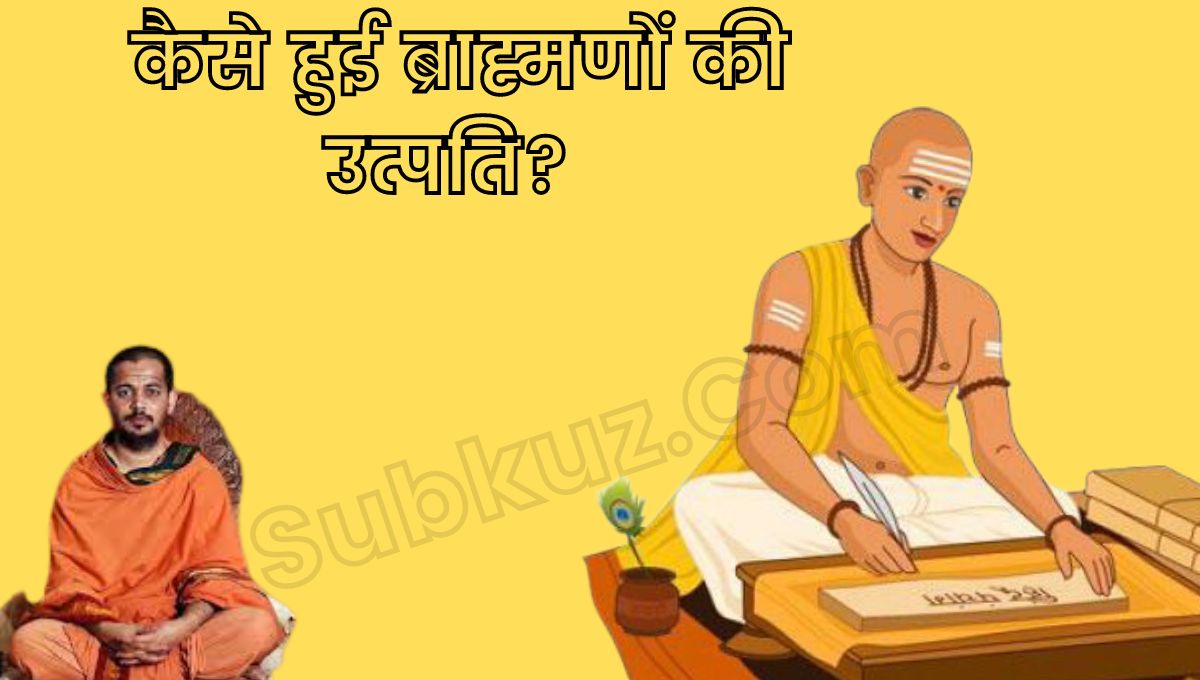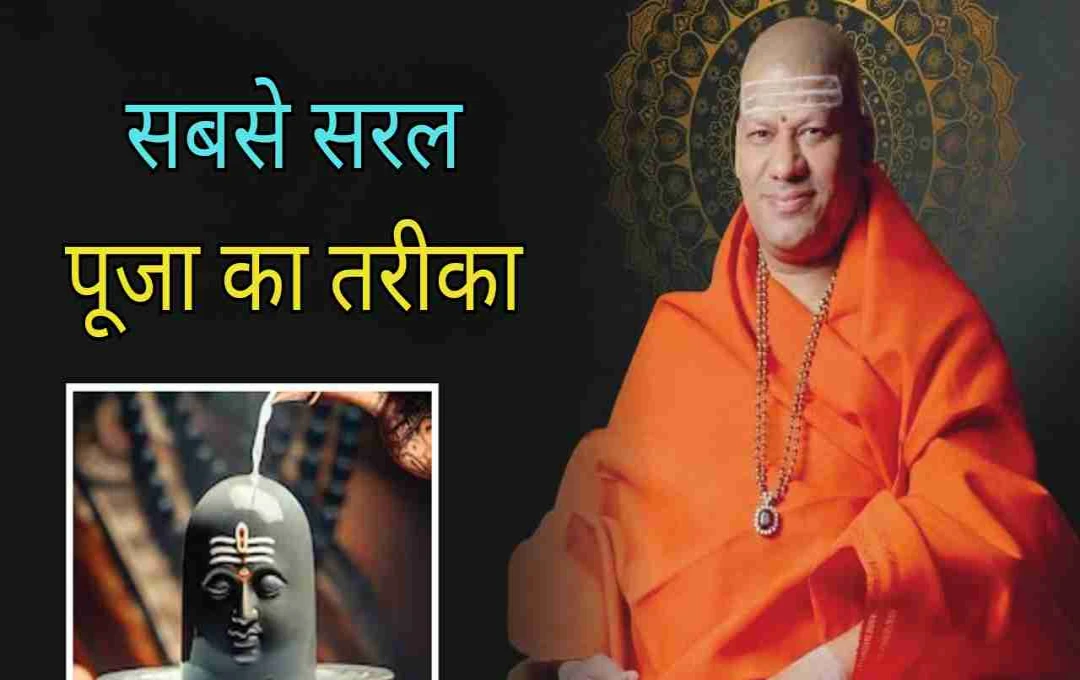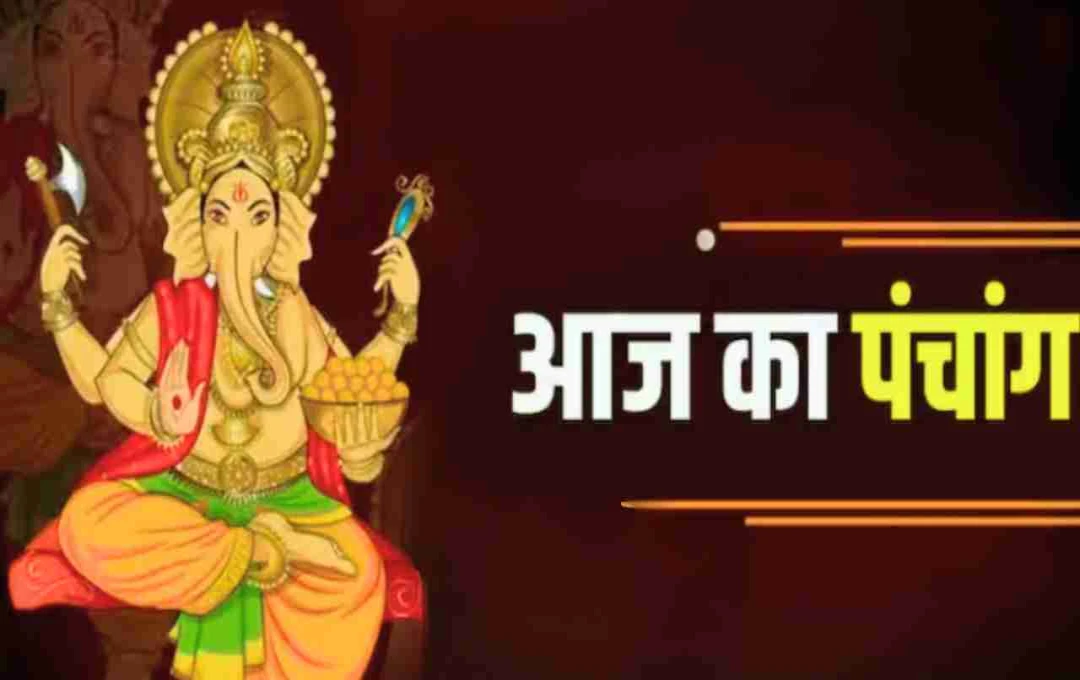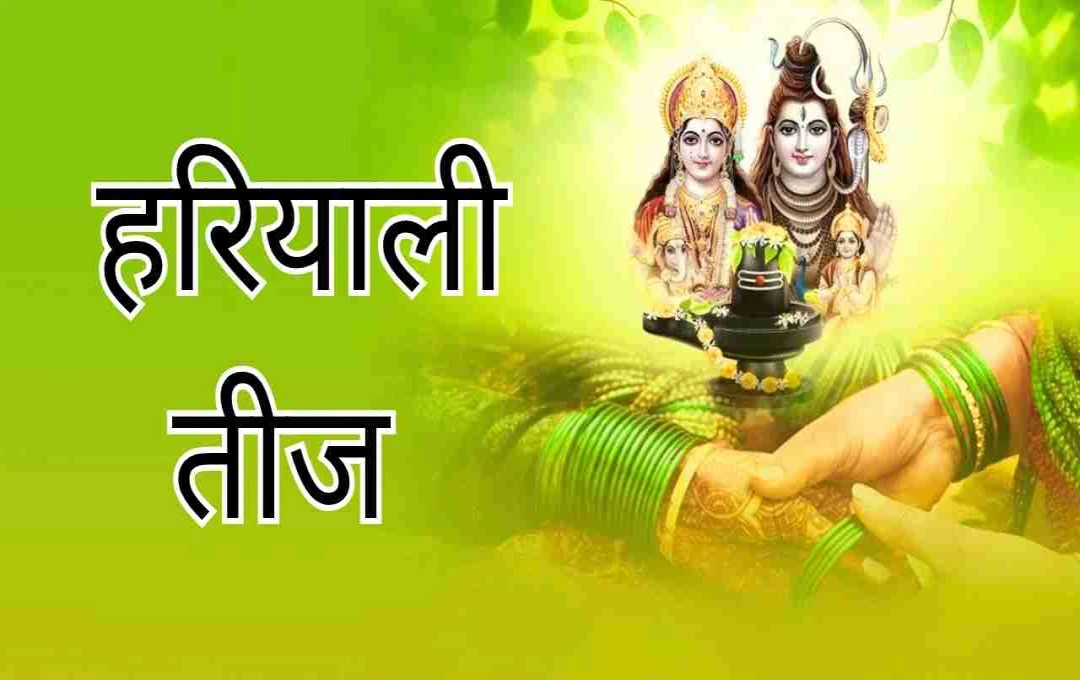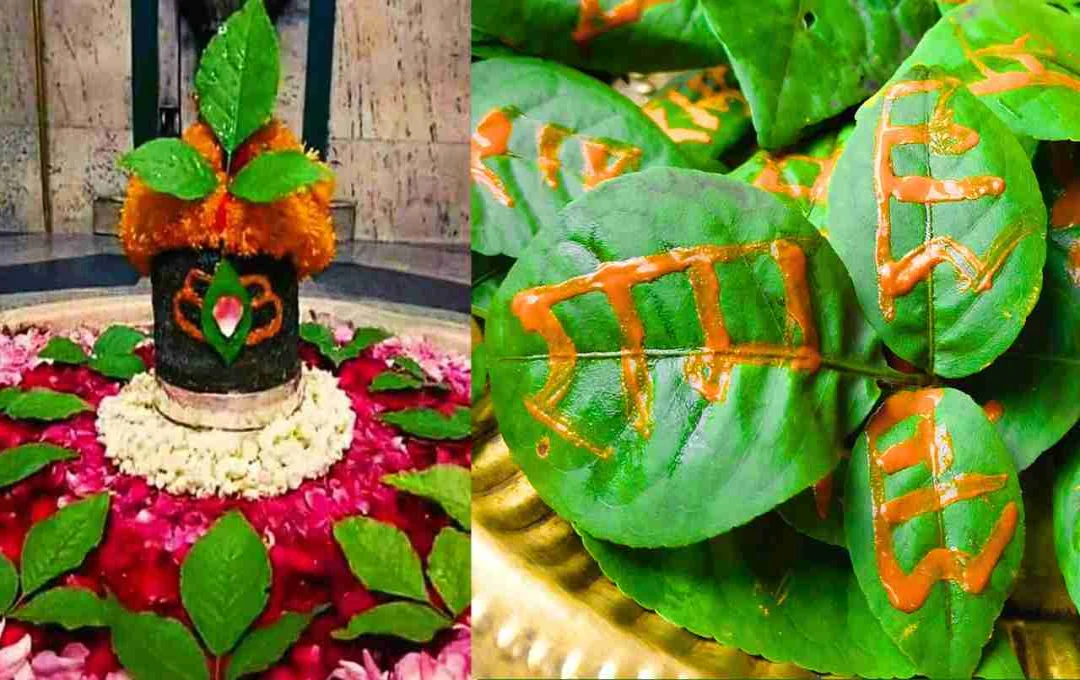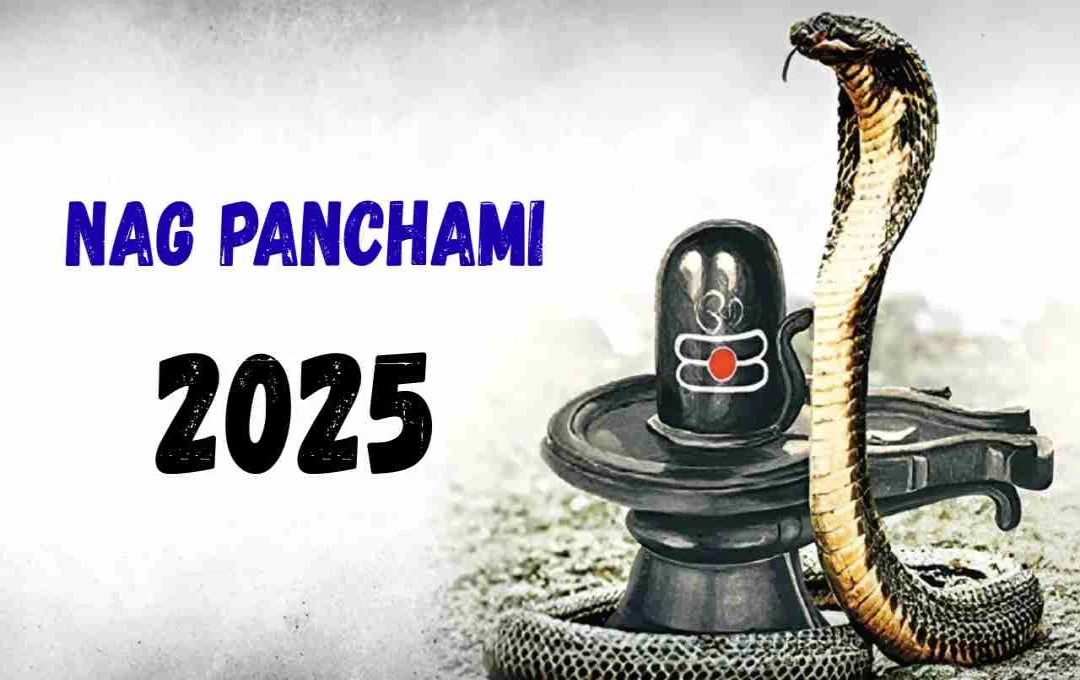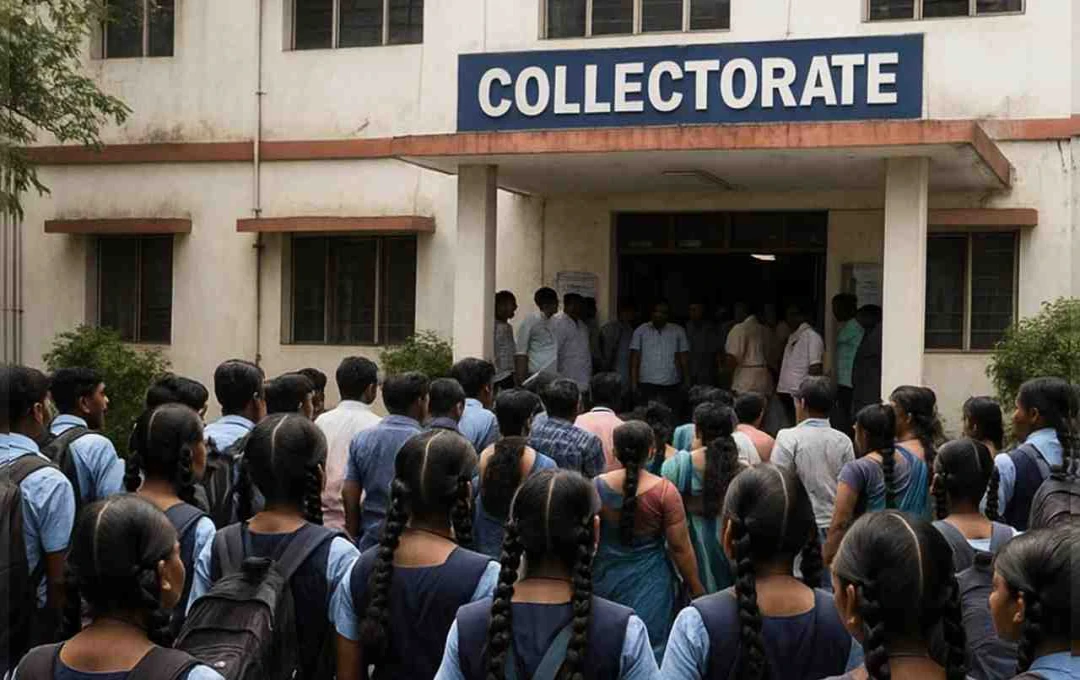According to the Vedas, ancient Indian society was divided into four varnas: Brahmins, Kshatriyas, Vaishyas, and Shudras. The three Vedas (Rigveda, Yajurveda, and Samaveda) defined the duties associated with these four varnas. The duties of Brahmins included studying, teaching, performing and conducting rituals, as well as giving and receiving charity.
Brahmins, being at the top of the varna system, did not face caste-based discrimination, but rather encountered envy and hostility from every class. In today's society, those who are socially disadvantaged often blame Brahmins for their backwardness. In India, some lower-caste individuals renounce Hinduism and convert to other religions, citing Brahmin oppression as a reason.
Attempts have been made through various books and articles to incite rebellion against Brahmins. However, this does not imply that all Brahmins are in a good social standing; rather, laws like reservation based on caste have marginalized them from government jobs, prestigious institutions, and so on. Based on our experience, Brahmins are generally hardworking, intelligent, religious, practical, socially aware, adaptable, and understand the importance of education. Anyone can achieve success by adopting Brahminical conduct. If we were to embrace their daily practices and habits instead of opposing them, we too could achieve a better social standing.
Let us delve into this article to understand the history of the Brahmin community and the origins of Brahmins.
Which category do Brahmins fall into?
Caste classification depends on the state. It varies based on the state one resides in. In Haryana and Punjab, Jats are considered general category, while in all other states, they are categorized as Other Backward Classes (OBC). Brahmins are predominantly considered general category across India.
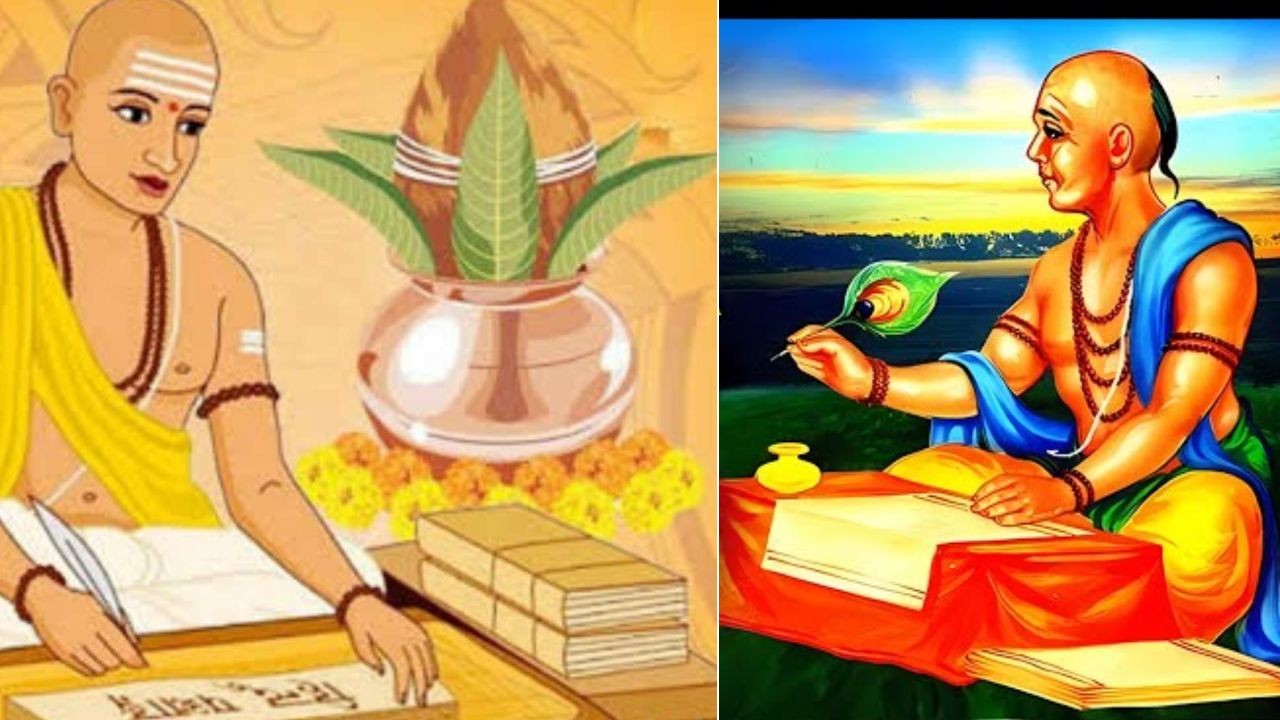
Types of Brahmins:
The Smriti Puranas describe eight types of Brahmins: Maatra, Brahmin, Shrotriya, Anuchana, Bhrama, Rishicalpa, Rishi, and Muni. Variations exist in Brahmin surnames and practices.
While Brahmins are fundamentally the same, the question arises: why are there different surnames? There are numerous reasons for Brahmin surnames; Brahmins are diverse.
How did Brahmins originate?
For the protection of creation, the divine being created the four varnas—Brahmins, Kshatriyas, Vaishyas, and Shudras—from their head, arms, thighs, and feet, respectively, and assigned them distinct duties. The assigned duties of Brahmins were to study, teach, perform and conduct rituals, and to give and receive charity. The upper part of the human body, above the navel, particularly the face, is considered extremely sacred. Brahmins originated from the mouth of Brahma, making them the custodians of supreme and Vedic knowledge.
Brahma meditated for a long time to create Brahmins for the welfare of all beings and the protection of the entire universe. Those Brahmins who adhered to the prescribed rituals in the scriptures, including conception and childbirth, attained Brahminhood and Brahmaloka.
Brahmin Lineage
According to the Bhavishya Purana, Brahmins have a lineage. In ancient times, Rishi Kashyap had sixteen sons from Aryavani, whose names were Upadhyay, Dikshit, Pathak, Shukla, Mishra, Agnihotri, Dube, Tiwari, Pandey, and Chaturvedi.
These sons' names reflected their qualities. They devoutly worshipped Goddess Saraswati for twelve years. Compassionate Goddess Sharada appeared and blessed the prosperity of Brahmins.
These sons had sixteen sons each. These descendants became renowned with names like Kashyap, Bharadwaj, Vishvamitra, Gautam, Jamadagni, Vasishtha, Vats, Gautam, Parashurama, Garg, Atri, Bhrigu, Dattra, Angira, Shrungi, Katyayan, and Yajnavalkya.
